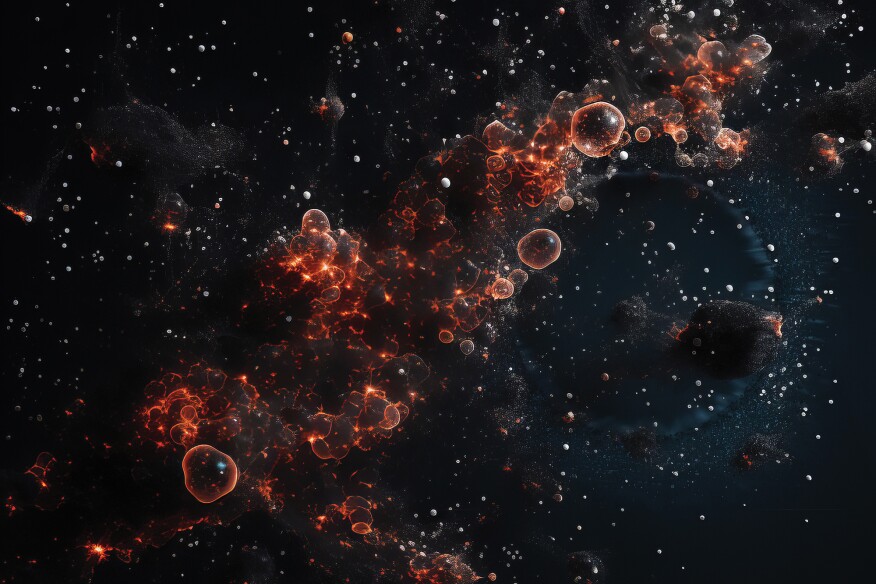
Engagement means developing long-term, reciprocal, and transparent relationships with people, land, and mechanisms for accountability. At its root, the word “engagement” means to commit, so we should not be using it in architectural practice unless we are committing to relationships with people and land above power and profit. This idea opens up a question for the discipline: How does one develop a working relationship with site and community based on trust, and not exchange? We need to start by focusing on professional engagement. As in, how are we as professionals cultivating transparent, informed, meaningful, and anti-racist professional participation? We can start to focus on how a project repairs, regenerates, and reconfigures the sociological, ecological, and spatial futures of the site and its inhabitants.
The discourse around community-engaged design deploys the idea of “context” as a tool to gain knowledge about how practitioners are going to design in, with, and for communities. Site is often reduced to geographic coordinates and imagined lines on a map; it is abstract and disconnected. The way context is studied and used by designers is extractive. Site surveys and research documents often foreground quantitative data, measurements, and documentation. Additionally, these documents fundamentally rely on colonial and capitalist ideologies such as the Doctrine of Discovery, usufruct rights, and dominion of humanity over nonhuman beings. In this case, it can be productive to think about the weaponization of context, as noted by Joe Bryan and Denis Wood in Weaponizing Maps (Guilford Press, 2015). Just as maps of Indigenous lands are produced by geographers and leveraged by extractive industries and militaries, so are the studies of context that designers produce. Working in these frameworks will never be sufficient without understanding their failures and violences, but it is also possible to use our knowledge to leverage these devices against the systems that created them.
We should redefine context as a way to question the locations of architectural discourse in order to redistribute power. This redefinition will open space for analyzing, critiquing, and creating new models of practice that center shared knowledge. It is an opportunity to overlay equity where community voices have been erased and record the daily lives of residents facing issues like the right to public space, discrimination, racist policies, and land speculation. Context moves beyond notions of “ecosystem services” and human use-value toward a deeper engagement with the environment. In this way, we create room for questioning and redistributing power in architectural practice through the engagement process.
In Dark Matter U, the architect’s practice and social positions are also part of the context of a project, therefore introspection is vital. Taking the time to know yourself and your position clarifies the systems of power that everyone operates in. By naming power dynamics and understanding who holds power, one can challenge and disrupt that power, reclaiming agency toward the goal of expanding agency for all. In addition to exploring our own position in relation to context, witnessing is one of the first steps in being truly critical to honoring what an experience, a space, or a cultural practice is. There, we find ways to legitimize narratives and other subjective perspectives. We become the tools of others to extend and amplify their agency, removing the cult of the professional/expert toward a more meaningful relationship of witness/scribe/participant/partner.
Another take on context is as an epistemology or a way of gaining knowledge about a community, by embedding oneself in a place. Lived experience becomes the knowledge that serves as the basis of engagement with place. In a just world, designers would be like every other community member, contributing their unique skills toward broader goals. We could use our power to invest in creative, human, and other resources to support communities in generating their own design process and outcomes and build capacity, dignity, and ownership.
In DMU, we are reminded daily that the subversive act of working in solidarity, trust, and love with each other is profound. Existing together and building our own context is a way for us to test the limits and paradoxes of the systems we live in, and push our interconnected web toward liberation. Our DMU network is a distributed form of context. Being committed to DMU as a collective practice provides space and time for the work of cultivating the self- and collective knowledge required for genuine and critical engagement.
This article first appeared in the October 2023 issue of ARCHITECT, which was guest edited and designed by Dark Matter U.

















